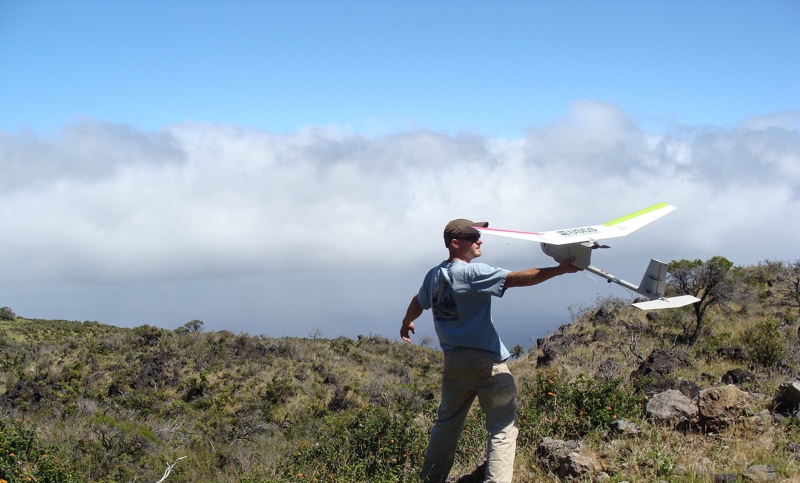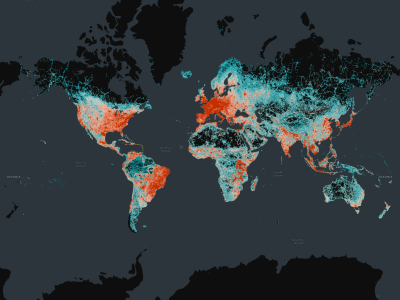We have an exciting year ahead of us in the 3D Imaging industry. The technology, tools and efficiency improvements that are available to us are set to make reality capture, well, a reality for many.
Are the new tools that we have available to us going to enable us to achieve all our surveying and mapping goals, all at the minimum of cost? In the next couple of posts I would like to explore this question. First, by looking at mapping on the move as seen at this year’s ILMF, and then by looking through some of the game-changing announcements that we have already seen in the run-up to SPAR.
State of play when surveying and mapping are on the move
While it can be said that manned airborne survey technology and workflows have been very mature for many years now, I hesitate to say the same for UAV and land-based mobile mapping.
Over the past decade, we saw the launch of high-end mobile mapping systems that borrowed many of the workflows and experiences learned from the airborne market, for instance Teledyne Optech’s Lynx Mobile Mapper, which was released at the end of 2007. In the years that have followed, general understanding of the technological principles of mapping on the move has become increasingly widespread. Technology has evolved, and similar parallel markets such as autonomous driving have grown, leading to the miniaturization of components (e.g. sensors such as Veledyne’s ‘Puck’).
Of course, all this has facilitated the pervasiveness of new mobile platforms such as civilian UAVs.
All the vendors have THE solution?
This brings us to the “How will drone mapping impact the lidar market?” ASPRS session at ILMF. In that session, we heard from two panels of industry vendors, who presented the products that they have available for UAV or mobile mapping. We heard about how each vendor had the solution for every type of survey or mapping project that we would wish to undertake. A number of vendors proposed solutions that offer both photogrammetric and lidar capture methods, and that that collected deliverables at a range of scales from orthophotos to high-resolution point clouds.
This raises several questions:
- Is the same kind of deliverable always the same, regardless of the system we use to generate it?
- Should we always use systems in the same way?
- Can we use the same type of system for every project that we work on?
- A few solutions proposed that projects can be undertaken without ground control–is this the case for all project types?
In short, have the technologies available to us evolved to an extent that there can be tendency to try and use them for every type of project – even if the technology in hand is not necessarily suitable? Have the technologies that we have available to us really helped us meet our requirements?
A desperate need for a low-cost lidar system?
The final two presentations in this session at ILMF by Qassim Abdullah from Woolpert and Lewis Graham from the GeoCue Group helped us to refocus our attention on how newer drone platforms influence the ways the industry undertakes its projects.
In Qassim Abdullah’s case, he talked about comparative studies at Woolpert that examined what types of data deliverable were fit-for-purpose to collect with UAV photogrammetry, and what deliverables were better gathered with mobile lidar. Essentially, he argued that UAV provides a cost-effective method of producing 2D planimetric mapping products, and mobile lidar is needed for projects that require a clean point cloud for 3D feature extraction, such as for roadway asset mapping.
Lewis Graham described lessons learned in applying low-cost UAV photogrammetric techniques to pit and stockpile volumetric projects.
In his closing statement, Lewis said that the “UAV industry is in desperate need of a low-cost lidar system,” and this is the context in which I would like to place the questions raised in this post. Look for that in the next installment in this series.





